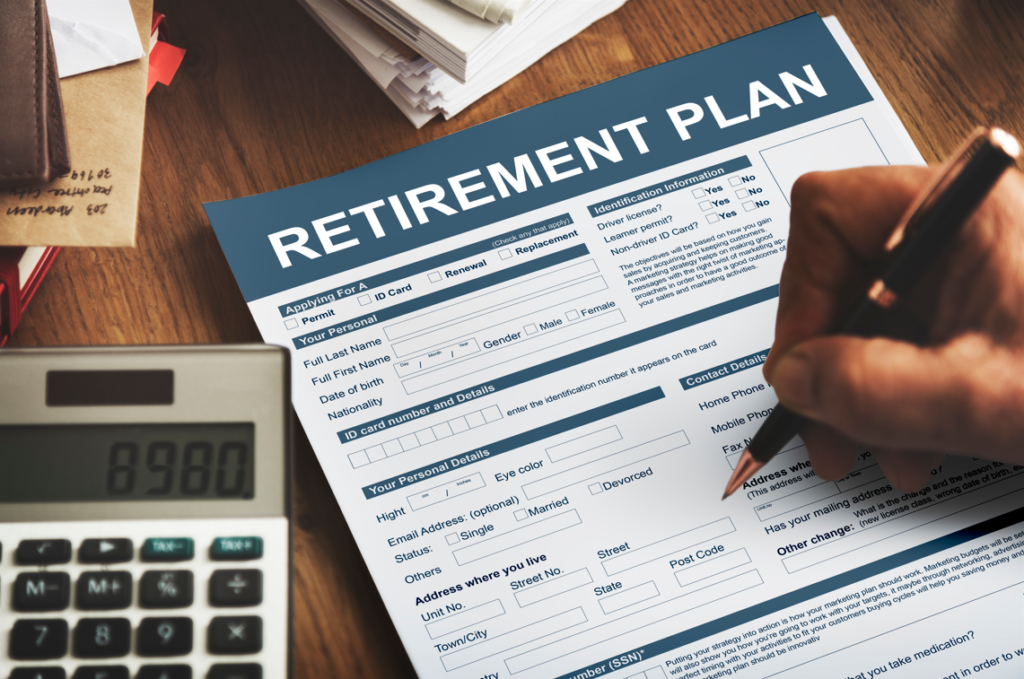The best age to start taking superannuation seriously – or risk a financially squeezed retirement – is in your mid-thirties, which is typically towards the end of the first decade of saving.
But there’s also a sweet spot between your fifties and sixties when compound interest can double your nest egg – and even triple it with returns of 7.5 per cent a year, according to analysis by Rainmaker Information, which monitors super fund returns.
Whatever your age, the best results come from funds that not only provide outstanding performance but cheap fees and competitive insurance.
The good news for financially squeezed savers in their thirties – often struggling to afford the high cost of living and escalating mortgage repayments – is that big improvements can be made by finding a top fund manager rather than significantly boosting their contributions.
As the accompanying graphic shows, someone who sticks with a super fund delivering 3 per cent a year would retire with just under $500,000 compared to roughly $1.5 million if they switched to a fund returning around 7 per cent a year. But the Rainmaker line chart shows it is not until super members are in their mid-30s that their account balance are materially affected by investment returns ranging from 3 per cent to 7 per cent.

These findings are consistent with similar analysis by UK insurer Standard Life, which found the peak time for a serious look at retirement savings was also in the mid-thirties.
For savers of this age, says Alex Dunnin, executive director of research and compliance at Rainmaker Information, by the end of 10 years there should be enough in a super account, say around $50,000, for the assets under management to be significantly affected by being in the best – or worst – fund.
The earlier super savers start looking for strong investment returns, the lowest fees and best services, the more likely they are to choose a fund that will provide the best outcomes, super specialists say.
“By the time you’re in your thirties, you really should have sorted out which super fund you want to stay with. After that, you really start paying the consequences of being in a dud fund,” Dunnin says.
For example, a super saver on a salary of $100,000 in a fund that outperforms competitors by just 4 percentage points a year will boost returns by around 40 per cent over 30 years, according to Moneysmart’s superannuation calculator.
It can be as simple as monitoring your fund’s performance at the end of each financial year, along with sorting tax returns and reviewing mortgage and other regular costs.
“It’s like a school report for your children that you read once a year because the teachers are trying to tell you what is going on,” Dunnin says. “You need to be attentive. Sure, it’s never too late to start this thinking, but the longer you leave it, the bigger the price you’ll pay for your indecision.”
But even with generous tax concessions to encourage more super contributions, many households are struggling to look beyond the next pay day, let alone boost their retirement savings.
Ruby Cox, an advertising and event sponsorship manager, says: “It’s really hard to manage finances in an environment of rising household and mortgage expenses. I think about the rising financial pressure a lot.”
Ruby, who has purchased an inner-Melbourne unrenovated terrace with her husband after marrying 18 months ago, says the budget squeeze makes it tough to plan for a family, let alone make additional super contributions.
The high cost of living makes it hard to think about extra super contributions, Ruby Cox says.
For those with the spare cash, up to $27,500 a year can be contributed as pre-tax contributions (this includes compulsory super). For after-tax contributions, the annual limit is $110,000,
“I’m new to super,” Ruby says. “I like the fund I’m with but am also looking around to compare performance, fees, investment options and other services. I’m particularly interested in ethical fund options for my super savings, so I need to find what is out there.”
Ruby is typical of her age group. According to the 2021 census, around one in three women around her age are married, more than 40 per cent have children and 8 per cent live alone.
Analysis by RateCity, which monitors interest rates, shows the proportion of net income spent on mortgage repayments for a couple who took out a mortgage about two years ago has jumped from about 47 per cent to 74 per cent.
For example, in 2022 a couple with a household income of $200,000 before tax could have borrowed $1.52 million for a 30-year, principal-and-interest mortgage with a 20 per cent deposit on a new customer rate of 2.52 per cent.
Since then, the interest rate on their loan has increased to 6.77 per cent, pushing monthly repayments from about $6000 to more than $9800.
That leaves them just $3488 a month to cover other expenses, or around $115 a day.
Research director Sally Tindall says: “There’s no doubt chipping extra into superannuation in your thirties can be a fantastic way to bolster super. But finding cash to do this can be a near impossible task for anyone trying to keep up with rising costs.”
Sally Tindall, RateCity’s research director, says young couples buying a house will find it tough trying to make additional super contributions.
Financial pressure on making extra contributions to super makes it even more important to choose a fund that combines the right mix of investment choice and performance, competitive fees, high-quality online services and education support, says Ian Fryer, general manager of superannuation consultancy Chant West.
Those older than their mid-30s can still catch up – both in contributions when they have the spare cash, and chasing extra returns.
Savers can double their balance during the pre-retirement phase from 55 to 67 with a growth rate of 5 per cent – powered by compound interest on a larger amount. This means it is never too late to take your super seriously, Rainmaker’s Dunnin says. As the bar chart shows, someone aged 55 with a $500,000 balance would grow this to just over $1 million at 67 based on 5 per cent annual growth, $1.38 million based on 7.5 per cent growth and $1.79 million based on 10 per cent annual growth.
“It’s not until you’re in the so-called pre-retirement phase of your life that the power of compound interest really kicks in,” Dunnin says. “The flipside is that you are in trouble if you de-risk too soon, which means switching into low-risk assets like cash and bonds, or have a performance extinction event as you are approaching retirement,” he says. “You could find it hard to recover in such a short time.”






